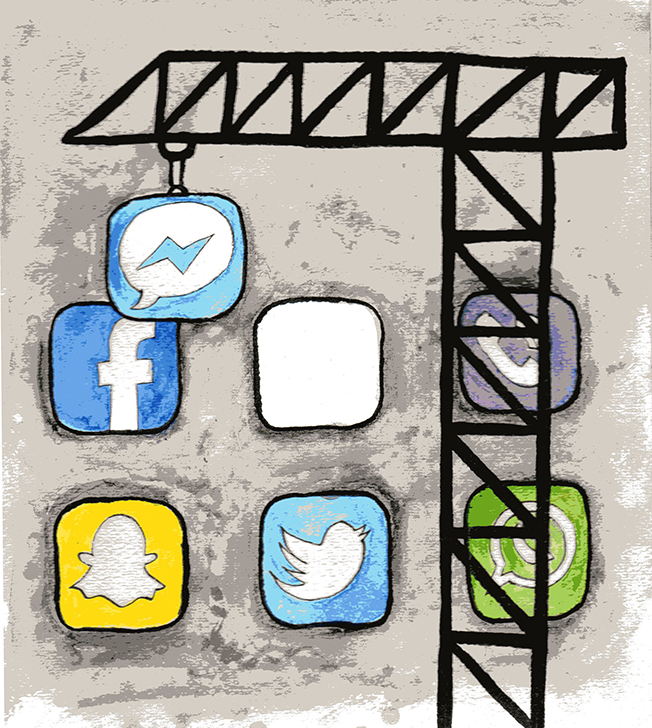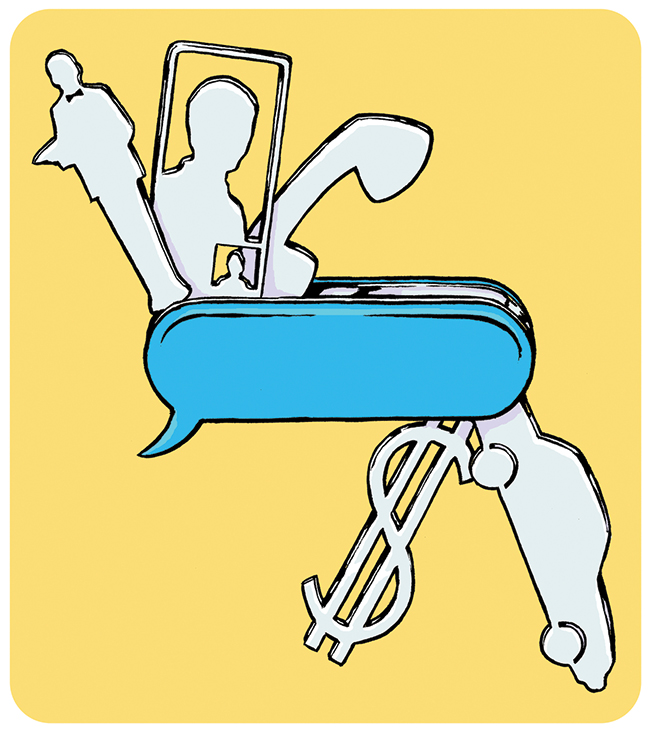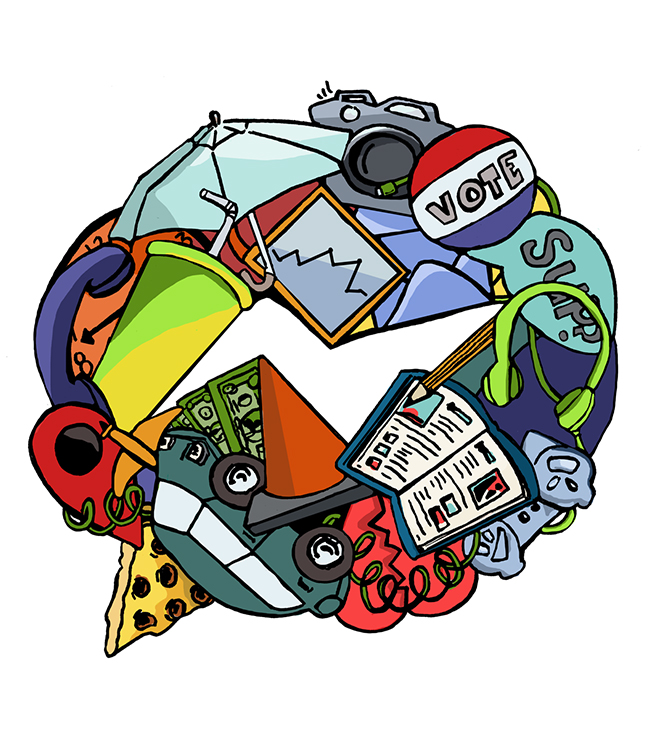One of the byproducts of consumers moving away from desktop access to the Web via their smartphones is that they augment their email (and the occasional phone call) with mobile messaging apps.

Jim Tomanchek
In fact, younger, highly desirable consumers like teens and young adults don't even use email anymore. (Email your teen right now and see how long it takes for a response, if you ever get one.) They communicate almost exclusively through apps. So, over the past few years, we've seen the rise of messaging apps like Snapchat, WeChat, WhatsApp, Kik and, of course, Facebook Messenger.
Until recently, their massive audiences have been largely untapped by advertisers. There are more monthly active users of messaging apps than social networking apps: about 3 billion vs. 2.5 billion. The top four messaging apps—WhatsApp and Messenger (both owned by Facebook), WeChat and Viber—have nearly 3 billion users alone. When you dig into just the Facebook properties, WhatsApp has 1 billion users and Facebook Messenger has 800 million monthly active users.
Research shows that mobile messaging users are loyal, or at the very least, "always on." Messaging apps are used almost nine times a day, five times the average for all mobile apps. A month after installation, messaging apps have nearly double the retention rate of the average for all apps: 68 percent vs. 38 percent. A year later, users launch 62 percent of downloaded messaging apps at least once.
By the end of 2016, about half (49 percent) of mobile phone users in the U.S. will use mobile messaging, according to eMarketer predictions. If we look to China for a hint of what's to come in the Western market, consider this: 91 percent of Chinese Internet users regularly use instant messaging more than search (82 percent) and is a testament to the power of popular homegrown services like WeChat. With the WeChat app, users can do everything from make a mobile payment and hail a cab as well as send messages and place a voice or video call.
All the mobile messaging apps aim to control the conversations previously dominated by texting and greatly elevate the user experience. We're seeing messaging apps that integrate customer service, enable financial transactions and even order transportation, directly within a conversation. What was once a single group chat is transforming into the new mobile Web right before our eyes.
Last year, Snapchat partnered with Square for Snapcash, which enables users to exchange money directly on the platform. Facebook launched a payment system shortly after. In December, Facebook introduced Transportation, giving users the ability to order an Uber right inside Messenger. I suspect this is just the tip of the iceberg of upcoming new chat functionality.
Essentially, "ask and you shall receive" has become the new customer experience. Facebook is developing a team of humans to work in conjunction with artificial intelligence to try and give people access to anything they want, whenever they need it.
Many companies are doubling down to engage users with one-on-one customer service in addition to personalized content through messaging apps. Businesses having a direct line to consumers—and vice versa—enables a far more personal customer experience. Case in point: Brands have explored bringing personal shopping and concierge services within messaging apps themselves.
Ultimately, integrations with messaging apps will help people seamlessly make plans on the fly, without ever having to switch apps. They will place a dinner reservation, purchase movie tickets and hail the ride to get around town all within a single discussion.
Marketers should note that messaging apps are building out their services and providing avenues for connecting brands, publishers and advertisers with users. For example: Snapchat sells ads in Live Stories, dedicated to special events and specific locations, and Sponsored Lenses, quirky filters for users' photos. Brands in the jewelry space use WeChat to send customers offers and newsletter-style content. And through an integration with Facebook Messenger, select retail partners like Everlane allow shoppers to connect with their brand in Messenger after they check out on-site, and retailers can then send personalized updates.
It will be interesting to see how brands and agencies adapt their marketing to include messaging apps within their existing social strategies. As with the emergence of social platforms years ago, a few companies will be bold enough to embrace messaging apps immediately and the rest of the industry will follow closely behind as valuable audiences continue to embrace them for everyday use.
There will always be an (evolving) app for that.
A Falcons, Dawgs and Braves fan, Jim Tomanchek, director of partner development at Adaptly, is an Atlanta transplant living in San Francisco. Follow him on Twitter: @jimtomanchek.
This week's illustration was created in partnership with students from the Baltimore Academy of Illustration. Below is a full gallery of their submissions.


This story first appeared in the March 7 issue of Adweek magazine. Click here to subscribe.






















